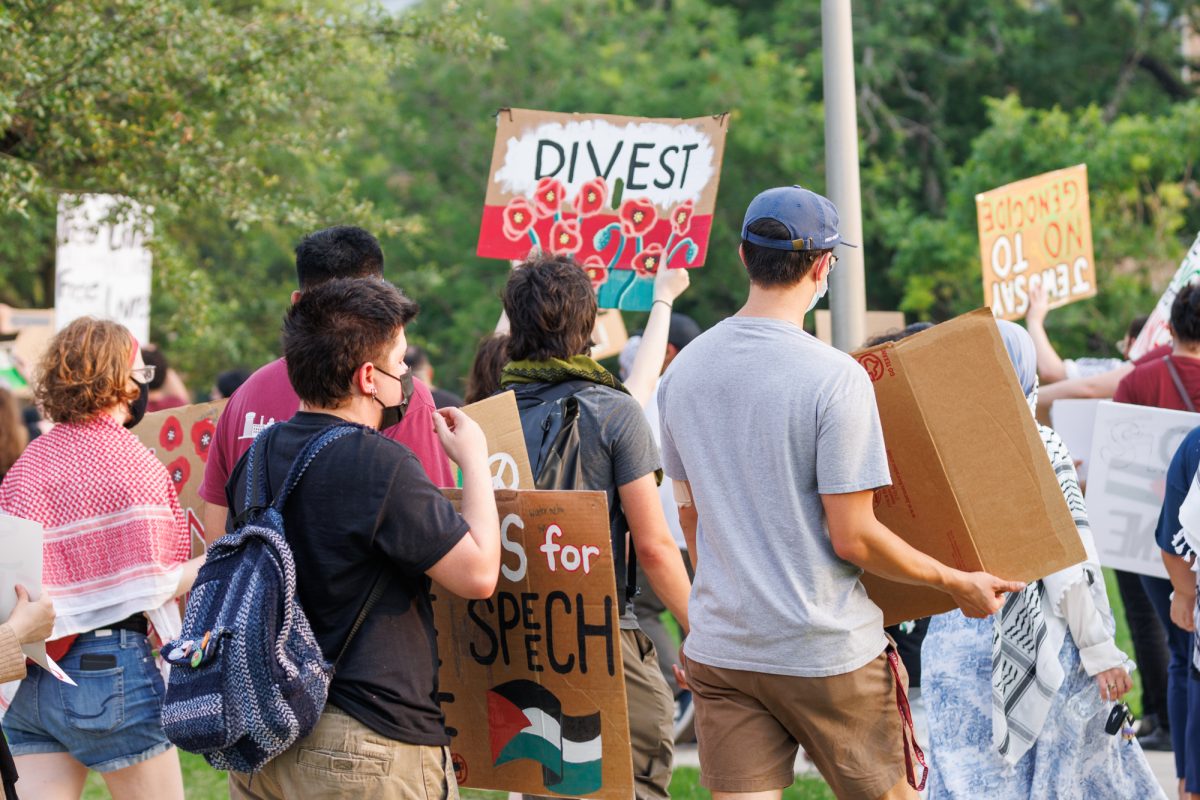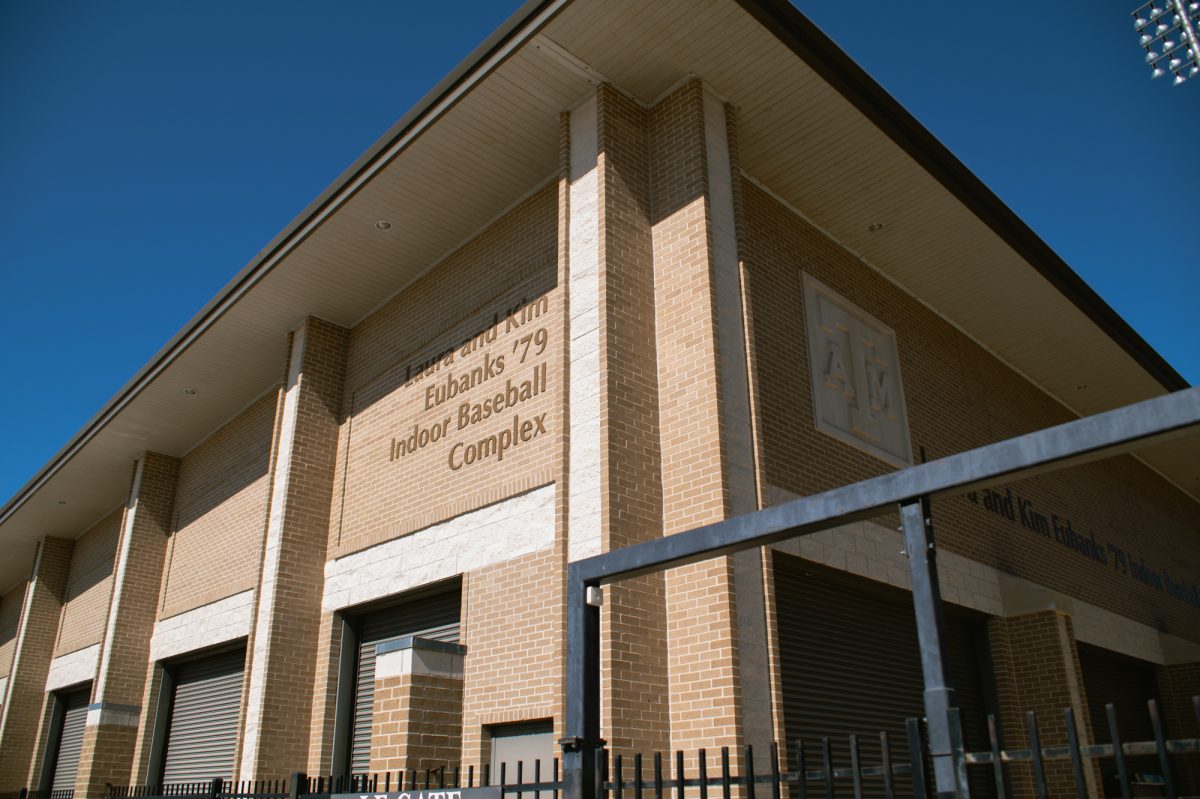Walking across Texas A&M’s campus, you can see thousands of sweaty, red-faced students walking to class. The culprit of this new epidemic is none other than the heat wave that continues to break records across the nation — especially in Texas.
On Aug. 20, Bryan-College Station reached a temperature of 112 degrees and tied for the hottest day in the city’s history. However, College Station isn’t the only city in Texas breaking records for heat.
This past Sunday, San Antonio had its 60th day of over 100 degree heat for the year, breaking the previous record for the longest stretch of over 100 degrees in the city’s history since 1962. Similar stories can be found in cities and counties across Texas and around the country.
A&M atmospheric sciences professor and Director of the Texas Center for Climate Studies Andrew Dessler shed some sunlight on why this summer is hotter than others.
“There are two factors in any heatwave,” Dessler said. “One factor is random weather variability and we happen to have a set-up where there is a high-pressure system parked over Texas. The other [factor] is climate change. Climate change is lifting the base climate, so all heatwaves are hotter now because the climate is hotter.”
A study from NOAA National Centers for Environmental Information in 2022 found that Texas has warmed 1.5 degrees since the beginning of the 20th century. Dessler said this warming should be a cause for concern for Texans.
“Higher temperatures have a lot of negative impacts on society,” Dessler said. “It’s more expensive because you have to run your air conditioner more and it’s unpleasant. We are adapting to it, but the life we have to adapt to is worse … and for people who are at the bottom of the economic ladder. They cannot afford to run their air conditioner more so it becomes a choice of eating, paying rent or having an air-conditioned environment.”
According to a 2021 study, individuals who have a low socioeconomic status are more likely to die from heat-related issues than those with higher income. Environmental and occupational health associate professor Natalie Johnson said the effects that heat can have on health can be very detrimental.
“Some of the main issues with exposure to heat are acute effects,” Johnson said. “You can have things like heat cramping …, heat exhaustion and if your core body temperature goes above 105 degrees then you can have a heat stroke.”
Along with acute effects, Johnson said that heat can be dangerous for individuals with chronic health conditions as well.
“It is known that heat waves can kill thousands of people,” Johnson said. “Heat can cause flare-ups in asthma and it can exacerbate kidney disease and especially heart disease. Heat is known to worsen air quality, and this summer has been really high for ozone days. If you go above a certain threshold [for ground-level ozone levels] that could be really dangerous for health.”
A&M regents professor and Director of the Center for Health & Nature Jay Maddock said heat can have very negative effects on the environment and infrastructure of Texas.
“We have something called the heat island effect,” Maddock said. “It is when the built environment reflects and retains heat. If we have a lot of concrete or other built surfaces, it tends to heat up our area. If you are in downtown Houston, it is going to be a lot warmer than being in the country somewhere.”
The solution to this heat island effect, Maddock said, is to find nature-based solutions in Texas.
“One of the things we have been looking at is something called bioswales,” Maddock said. “Bioswales are using native plants in the areas where we used to use concrete for drainage. These swales bring nature to you and are better at absorbing water when there is a rain event. Not only do we address the heat by putting more greenspace in, but also reduce the risk of flooding.”
Maddock said A&M has done similar actions to reduce heat on campus through the addition of Aggie Park and The Gardens. However, some students, like engineering freshman Amanda Lozoya, said A&M could be doing more to keep students from overheating.
“I feel like [A&M’s] quality of water could be better,” Lozoya said. “Especially the temperature of it, I feel like it’s usually hot when I get it out of the fountains. If it was cold, it would make life so much easier.”
Most students have taken to trying to stay out of the heat to reduce their time spent in the hot temperatures.
“I stayed inside most of the summer to avoid the heat because when I go outside, it can be overwhelming,” Lozoya said.
Johnson said students can help themselves be less at risk for heat-related issues through hydration.
“I recommend staying well-hydrated through electrolyte drinks to make sure you are consuming salts, along with water so you stay hydrated,” Johnson said. “This is going to be critical as we are going into football season and [are] at football games … because that is where people are very susceptible to dehydration and become at-risk for heat exhaustion and heat stroke.”
Nonetheless, Texas continues to get hotter, with scientists predicting higher temperatures and a hotter climate in the future.
“We are adapted to the world with the weather of the 20th century,” Dessler said. “Everything we built in the world is built for a climate that really doesn’t exist anymore. It is going to be expensive and painful to learn to live with the new climate that we haven’t built the world for.”










